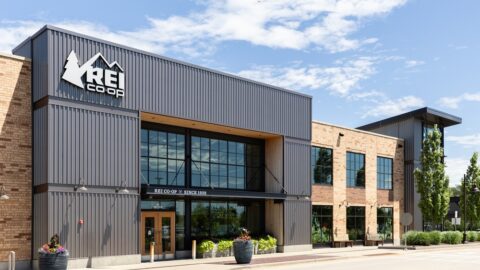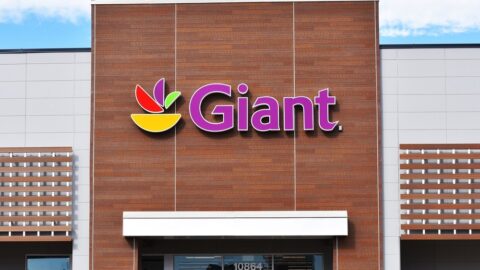Amazon and Walmart have continued trying to one-up each other in a price war that is now affecting the entire grocery industry, but it looks like a third party is intensifying the affair. In a blog post, Target announced it was lowering prices on “thousands of items,” specifically highlighting grocery staples such as cereal, paper towels, milk, eggs, baby formula, razors and bath tissue.
The price cuts at Target were formally announced on Sept. 8, but it appears the retailer had already tested discounts in select markets. Target instituted lower prices in the Los Angeles region, tightening its price gap with Walmart on 70 items from 17.1% in June and July to 5.3% in August, according to data from Gordon Haskett.
The report also noted that Walmart’s pricing gap with top competitors is continuing to slim down, with the company’s lead falling from 11.5% back in March to 9.2% in August. Five of the six competitors (Target, Amazon, Albertsons, Randalls and Shaw’s) improved their value proposition versus Walmart in August, with Kroger the only exception.
Mark Tritton, EVP and Chief Merchandising Officer of Target, noted that the company’s price cuts are about “removing the guesswork” of shopping. As part of the plan, the retailer is scrapping more than two-thirds of its in-store price and offer callouts, including “Weekly Wow!” or “Bonus Offer” specials, to help shoppers “more easily spot the savings.”
But the move does raise questions as to how much Target wants to prioritize grocery going forward, and how far outside of that category these price cuts will go. Target reported its first positive comparable store sales gain in a year in Q2 2017, with CEO Brian Cornell noting in an earnings call that the company saw “a meaningful increase in the percent of our business done at regular price and a meaningful decline in the percent on promotion.”
With that in mind, the price cuts appear to be counterintuitive to what has brought the brand success for the first time in a while. But if Target is dead set on competing in a landscape that includes Kroger, a continually expanding Aldi and a newly established Lidl, then the retailer likely feels that there is very little choice in the matter.
Target’s revamp of 600 stores, which is anticipated to cost $7 billion and will introduce a next-gen store design in various test locations, further points in the direction of lower prices for groceries but not for other products. In the prototype stores, the retailer plans on featuring two separate entrances — one leading to apparel and home goods sections and the other focused on convenience, where shoppers can pick up online orders and groceries.












